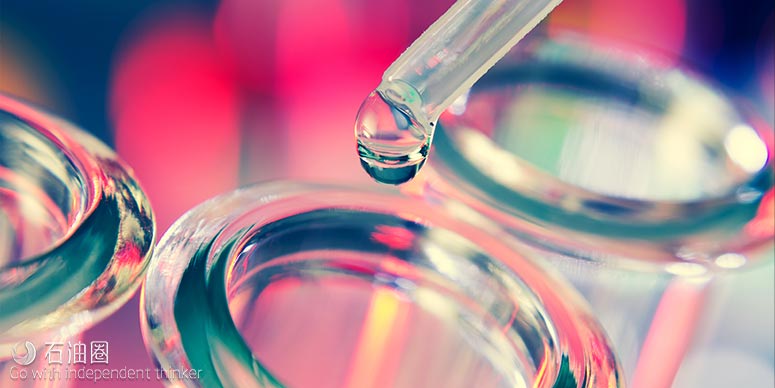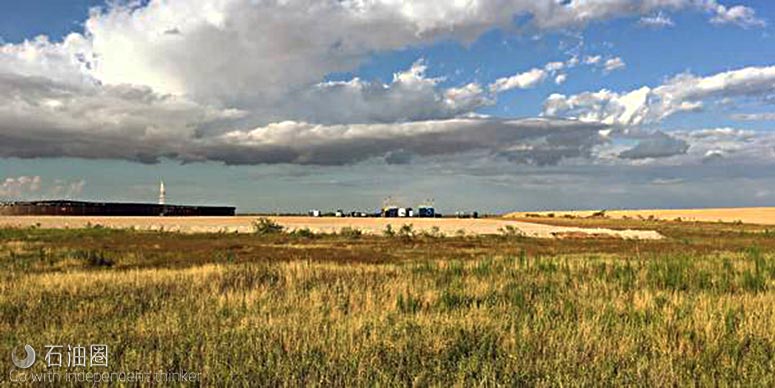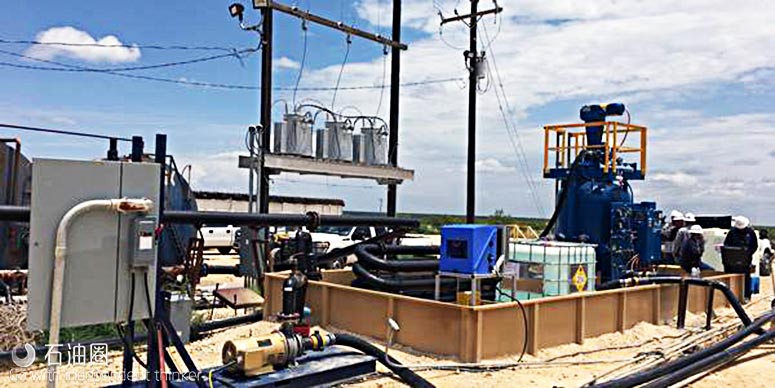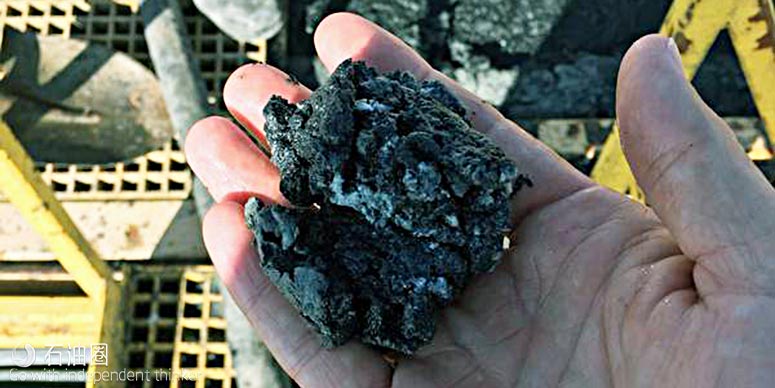To maximise production from shale formations, operators use millions of barrels of water to hydraulically fracture increasingly longer horizontal wells.
After all zones have been treated, much of the water used to build the frac fluids flows back to the surface along with water produced from the reservoir.
The mixed flow is contaminated with chemicals introduced in the fracture fluid and by hydrocarbons and chemicals and minerals from the reservoir.
Water-intensive fracking presents two water management issues. Operators must first secure sufficient supplies of fresh water to mix the massive volumes of fracture fluids they need to fulfill scheduled completions programmes.
They must then devise ways to dispose of thousands of barrels of flowback and produced water. In field developments, water acquisition and disposal operations are occurring simultaneously.
According to a 2016 US Department of the Interior Bureau of Reclamation report, water purchased from local landowners or municipalities costs between $0.25 to $1.75 per barrel based on availability.
Costs for treatment and disposal of flowback and produced water through injection wells range from $0.07 to $1.60 per barrel depending on treatment technology, water quality, end use and project location and type.
Increasingly, operators are favouring water recycling over disposal because it allows them to address water supply and disposal issues in a single technology.
Recycling technologies condition flowback and produced water to a level that may be used for mixing fracture fluids.
Treatment costs range from $0.20 to $8.50 per barrel depending on technology used and source water quality, the report says.
The greatest benefits from recycling are found in project areas where water demand outstrips supply.
“Right now, it just so happens that the Delaware basin and Permian basin are seeing lots of activity,” says Aaron Horn, executive vice president of operations for Fountain Quail Energy Services.
“These are very arid environments. Also, lots of developments are in new areas that do not have the pipelines for disposal wells.”
Reuse is also attractive in areas that have little disposal system infrastructure. For example, nearly all fracturing fluids used in the Marcellus and Utica shale plays of the northeastern US are mixed with produced and flowback water.
“There are multiple pieces to the cost analysis for using produced water, from logistics, to any changes to fluid chemicals you have to make, to the cost of disposal,” says Renee LeBas, global business development and marketing manager for Halliburton’s Production Enhancement business.
“One component is the availability of disposal wells, the distance from produced water wells to disposal wells. It gets to be a complex equation with lots of factors that are very field specific.”
A third option, surface disposal, requires technically difficult and expensive thermal treating methods to bring the water to the level of purity required by regulators.
Consequentially, reuse of post-frac well effluent is often the operator’s best option, both economically and environmentally.
“Water transport and disposal of water in the Marcellus shale play can cost operators more than $13 per barrel,” Horn says.
“If the operators can’t break even or save money with a recycling programme, they are not going to do it.
“The metric is to add up what fresh water plus trucking and disposal costs are and that is the number (water treatment service providers) have to beat.”
According to a 2016 Navigant Research report, as the industry pursues large-scale gas reserves and regulatory pressure grows to protect water resources, revenue from frac and produced water treatment and recycling will reach $3.8 billion by 2025.
Treatment Options
To be reused in hydraulic fracture fluid formulas, flowback and produced water must be treated to remove suspended solids such as clay, silica and iron, which are the primary contaminants in produced water.
Treatments must also remove oil and grease and be able to control bacteria throughout the system.
Typically, water treatment options include thermal technologies, physical filtration and chemical treatments.
Thermal treatments necessary for surface discharge are complex and expensive and may be viable only at reduced flow rates.
Operators typically choose thermal treatment technology only when they have no alternative to surface discharge.
In general, physical filtration includes two technologies – particle filtration, which removes solids larger than about 0.5 microns, and reverse osmosis membrane filtration, in which water is passed through a filter at high pressure.
The small pores of the membrane remove all solids and ions. Reverse osmosis also remove chlorides, but only from low-salinity flowback water, and is not appropriate for produced shale formation water, which has a significantly higher salinity content.
In addition, reverse osmosis works most effectively when the water entering the system has been pretreated using correct doses of chemicals applicable to the water.
However, because the make-up and ratio of flowback and produced water constantly varies as it flows from the well, pretreatment can be complex.
“Treatment is affected by flowback, especially for a gel frac,” says Horn. “Flowback can contain oil, suspended solids, gels, and can be very hard to treat.
“After a few weeks, the water cleans up a bit if you have enough produced water. If it is all flowback in the first few days of production, it is a real bear. But we can do it.”
Advanced oxidation is a series of chemical treatments that remove organic and some inorganic materials from water through reactions with hydroxyl ions.
The process produces a very reactive oxygen species, which destroy a wide range of organic compounds. The processes are driven by an external energy source, such as electric power or ultraviolet radiation.
Another technically challenging task for water treatment is the prevention of bacteria growth in flowback and produced water.
Bacteria inadvertently pumped downhole in frac fluid can thrive in the near wellbore and create corrosion and production problems.
In the past, engineers have countered this threat with bacteria-destroying chemicals called biocides.
However, in the same way it creates havoc for experts trying to filter solids, the changing nature of flowback and produced water makes it difficult to determine how much biocide to introduce to the system at a specific moment.
Horn says an answer may be found in automation. “When you add biocide, you do not know if you are killing all the bugs or not, because the water is changing all the time.
“We have an automated chloride dioxide dosing system that has an immediate feedback loop and controls the water quality all the time.”
The quality of the source water and that required of the end product dictate the best treatment methods.
But advances in frac fluid chemistry are changing what defines water source quality. For example, suppliers once assumed that water with significant levels of total dissolved solids (TDS) could not be used in frac fluid mixtures.
In recent years, however, chemists have developed frac fluids that may be mixed using water with significant TDS levels that has gone through minimal pretreatment to remove some solids, grease and produced oil.
“We can use cross-linkers and polymer type gels using water with up to 300,000 ppm TDS,” says Halliburton senior product manager Paul Lord.
“And we have chemical friction reducers that can be used with those type of water conditions. The idea is to be able to run a frac fluid with produced water on the fly without a lot of time devoted to water treatment.”
Water treatment and disposal has long been an industry concern. In recent years, however, water handling has moved from the sidelines to become a primary topic of development planning.
Persistently low oil and gas prices have added to the attraction of more efficient water treatment practices as once bearable costs of treatment and disposal consume too large a portion of operator profits.
In addition, shale operators have come under scrutiny lately over their use of limited water resources and the link between disposal wells and seismic activity.
To assure regulators and the public, oil companies are increasingly engaging water treatment services and expanding what was once an afterthought of production into a significant service industry sector.

 石油圈
石油圈




